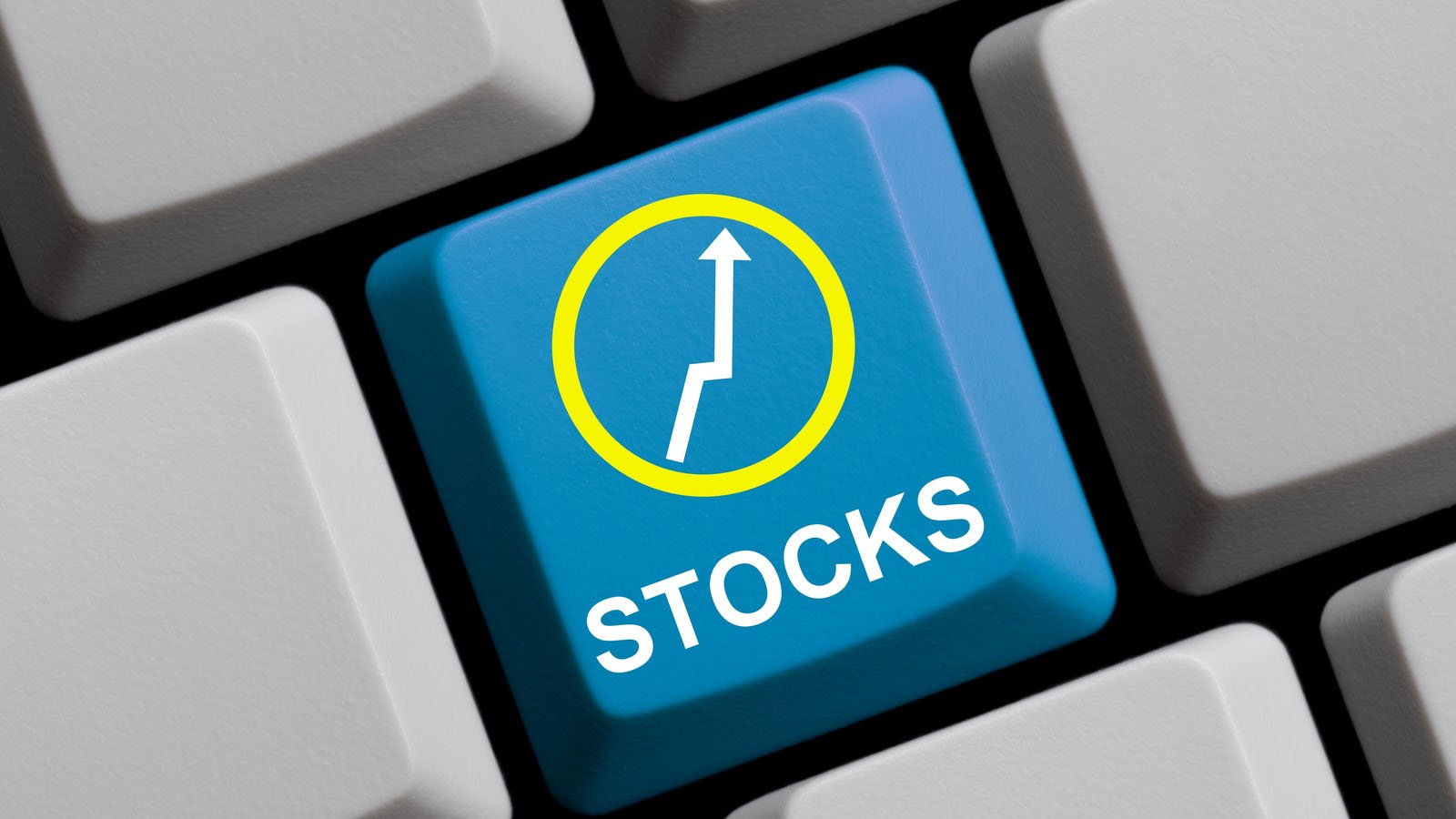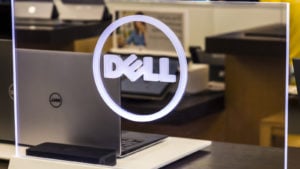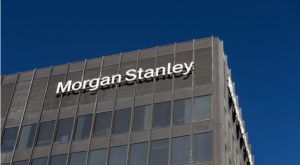Cheap stocks aren’t always just cheap. Quite often, in fact, they’re cheap for good reason. And so focusing solely on valuation is an often-imperfect method for finding quality stocks to buy.
In many cases, debt is an issue. Declining businesses can look cheap and — as seen in sectors like pharmaceuticals and retail — get much, much cheaper. Simply looking at stocks based on a solitary P/E metric is not sufficient due diligence. It’s a good way to fall into value traps, not necessarily to find value plays.
That said, there are opportunities in cheap stocks. Sometimes, the market incorrectly assumes a declining business will decline forever and ignores turnaround potential. Hidden assets can play a role. And sometimes, attitude toward an entire sector leaves investors selling off indiscriminately — and tossing potential winners in the process.
These 10 cheap stocks to buy all trade at less than 10x forward earnings — for those kinds of reasons. But, importantly, that single data point isn’t the only, or even the best, reason to buy. These are good companies available cheap — in other words, perfect fits for a value portfolio.
Ford Motor Company (F)
To be sure, there is a “value trap” argument for Ford Motor Company (NYSE:F) stock. In fact, I made precisely that case a few years back. “Peak auto” remains a big concern for both Ford and rival General Motors (NYSE:GM). The risk of a macroeconomic downturn — and an associated decline in sales — also hangs over F stock.
But much has changed. For one, F stock has become cheaper, touching a nine-year low late last year before a recent rally. Second, Ford has changed its strategy. As I wrote this week, it’s focusing on pickups, SUVs, and electric vehicles. The decades-long effort to win in sedans has been ended. That should boost both earnings and cash flow, as Ford stops throwing good money after bad.
A 6x forward P/E multiple and a 6%+ dividend yield both suggest that investors don’t necessarily trust that strategy. It’s certainly possible the market is right: this is not a risk-less trade, even with low headline valuations. But there’s still an intriguing potential path for Ford, who only needs to keep earnings reasonably intact to drive big upside from $9+. For investors willing to back the strategy and management, F stock looks attractive at these levels.
Turtle Beach (HEAR)
Gaming headset manufacturer Turtle Beach (NASDAQ:HEAR) has become one of the bigger battleground stocks in the market. To bulls, the cheap valuation — just 9.3x 2020 EPS estimates — and the likely growth of gaming forward make HEAR stock ridiculously cheap.
To bears, Turtle Beach is a bit of a flash in the pan. The launch of Fortnite last year sent Turtle Beach sales soaring — and, at one point, led HEAR shares to gain a stunning 1,700%. But that growth wasn’t sustainable. Turtle Beach stock started falling last August — and kept falling after initial 2019 guidance suggested a year-over-decline in revenue and profits.
So far, I’ve taken the bullish side here. I’m long HEAR through a hedged position, and I called it one of the best small-cap stocks to buy back in July. 2019’s decline in sales shouldn’t have been a surprise – and isn’t really a problem. 2018 did see a huge spike in sales but replacement of those headsets should drive revenue and earnings in 2020 and beyond.
Meanwhile, Turtle Beach has cleaned up its balance sheet, moving from a spot where bankruptcy was a possibility to a net cash position after Q1 of this year. The replacement cycle should kick in next year, and when it does, I expect HEAR to rally again.
Dell Technologies (DELL)
Dell Technologies (NASDAQ:DELL) is another member of my personal portfolio — and another stock where bears seem to make a reasonable case. After all, PCs are likely in secular decline. And Dell closed its fiscal second quarter with some $52 billion in debt.
So yes, DELL looks cheap, at 7.3x FY21 (ending January) consensus EPS. But rival HP (NYSE:HPQ) has a cleaner balance sheet, and trades at 8.2x next year’s earnings. In that context, DELL’s valuation hardly seems out of line.
But there’s another asset here: Dell’s 80.8% ownership of VMWare (NYSE:VMW). That asset is worth well in excess of DELL’s current market capitalization.
Even accounting for debt, ‘core’ Dell trades for something like 2x EBITDA. And that’s with some strength outside of PCs, in areas like servers and storage. Exposure to the non-VMWare part of the business can be created by hedging out VMW (as I’ve done).
Sum of the parts arguments often are risky, and there may be a so-called “Michael Dell discount” in play after the contentious resolution of Dell’s former tracking stock. Still, the valuation here incorporates far too much risk. DELL looks cheap from a distance – but looks even cheaper up close.
Blucora (BCOR)

It’s not entirely clear what has happened to Blucora (NASDAQ:BCOR) stock. The stock was at $36 in May; it now trades at $22.
The two earnings reports since have been fine, as far as they went. Both came in ahead of Street expectations. Neither was necessarily dazzling, but full-year raised guidance was raised modestly after the Q2 report last month.
The company’s tax business is performing well, with revenue up over 12% year-over-year in the first. Continued gains at larger rival Intuit (NASDAQ:INTU) suggest the market has little worry about the industry as a whole.
Blucora recently added 1st Global to build out its wealth management segment, and continues work on cross-selling between the two. Leverage has come down, and the Street sees 20%+ EPS growth next year, thanks in part to incremental contributions from the recent acquisition.
And yet BCOR shares are trading at a 21-month low — and less than 9x 2020 consensus. Admittedly, the company’s ‘true’ earnings power is somewhat inflated by tax benefits from past losses (when the company was known as Infospace, a dot-com bubble darling). Still, the market is valuing Blucora like its growth is over. There’s not much reason to see that as being the case at the moment.
Morgan Stanley (MS)
Many financial stocks like Morgan Stanley (NYSE:MS) seem to go in the “cheap for a reason” group. Lower rates will pressure net interest margin. Cyclical fears hang over the group — particularly for an investment banking-heavy business like Morgan Stanley. Amid an IPO boom, it would seem like revenue in that key business would have nowhere to go but down.
And so Morgan Stanley stock, at 8x 2020 earnings, looks cheap — but perhaps not compellingly so. After all, Bank of America (NYSE:BAC) is at less than 10x forward EPS. Goldman Sachs Group (NYSE:GS), like Morgan Stanley, trades at a modest discount to book value. It doesn’t take a financial crisis, but rather just a normal recession, to bring both asset-based and earnings-based multiples back in line.
That said, MS stock is a truly interesting pick in a group that has traded sideways for some 20 months now. In both investment banking and wealth management, it’s performing well. (It’s taken share from Goldman, most notably.) Rates are low but really can’t go much lower. Cyclical fears may be overstated. A 3.3% dividend yield helps the cause, and a historical P/E over 12x provides cushion in a downturn.
Morgan Stanley stock isn’t a likely double, but this is a durable franchise at a historically low price. That’s a nice combination, even considering the risk involved.
Capri Holdings (CPRI)
There is no shortage of retail and apparel stocks that look cheap right now. Capri Holdings (NYSE:CPRI) is no exception. The owner of Michael Kors, Versace, and Jimmy Choo has seen its stock get hammered of late, with CPRI touching a 7-year low last month before a recent rally.
Even after the gains, CPRI still trades at 6x+ forward earnings. By the depressed standards of the sector, that’s still a very low multiple. Debt is an issue – many apparel plays are net cash-positive, but a manageable one. And both Choo and Versace should grow, while Capri hopes to keep margins for Michael Kors reasonably intact.
There are risks here. Retail has been a graveyard for investor capital. Versace angered Chinese consumers this summer with a T-shirt. The “cheap” argument has held for CPRI for years now; each time the stock has gotten cheaper. Even the rally of late might be a “dead cat bounce”, rather than a sign of a change in investor sentiment.
Even considering those risks, however, this is an intriguing play. Margins are among the best in the industry. High-dollar brands generally do better in a recession. And 6x forward earnings leaves a lot of room for error — and suggests a lot of free cash flow to pay down debt. I wouldn’t expect the bounce in CPRI to necessarily continue at the same pace, but I’d expect that a year from now CPRI has gained nicely from a current price around $32.
Bristol-Myers Squibb (BMY)
An investor considering Bristol-Myers Squibb (NYSE:BMY) at the moment needs to remember a key fact. Buying pharmaceutical stocks just because they’re ‘cheap stocks’ has been a dangerous strategy in recent years. Mallinckdrodt (NYSE:MNK), Teva Pharmaceuticals (NASDAQ:TEVA), and Lannett (NYSE:LCI) are among those sector plays that have turned out to be nasty value traps after using debt to drive growth.
That history alone shows that BMY stock is not a risk-free trade. It’s levering up to acquire Celgene (NASDAQ:CELG), a deal of which the market hasn’t seemed particularly fond so far. (BMY touched a six-year low in July before a recent rally.) The pharmaceutical industry as a whole has not been the defensive industry it once was. Even leaders like Pfizer (NYSE:PFE) and Merck (NYSE:MRK) have struggled on occasion.
That said, as I wrote last month, for investors wise to the risks BMY is an intriguing play. Even after the rally, that’s still the case. An 8x forward P/E multiple means performance doesn’t have to be perfect. Celgene has “patent cliff” worries surrounding its cancer treatment revlimid, but still has a healthy portfolio outside that drug.
This isn’t a ‘safe’ dividend play, as many large-cap pharmas are. There’s risk here. But there’s reward, too, if Bristol-Myers management is even close to on point with the strategy going forward.
CVS Health (CVS)
Pharmaceutical manufacturers aren’t the only ones having a tough go of it of late. Pharmaceutical retailers like CVS Health (NYSE:CVS) have taken a big hit. CVS stock touched a nearly six-year low in March, and retested those levels several times over the following few months.
As I wrote in July, seemingly everything was going wrong. Insurers were pressuring reimbursement rates — and generic drug savings weren’t (and aren’t) enough to offset that pressure. Front-end sales, perhaps due to competition, have come down. Amazon.com (NASDAQ:AMZN) looms due to its acquisition of PillPack. Even the company’s acquisition of Aetna for a moment seemed like it might be reversed.
It was precisely that torrent of bad news that set up an intriguing contrarian case. And CVS stock has rallied some 19% from the lows. But there’s still a case for more gains. Pharmacies seem to be adapting, with even long-struggling Rite Aid (NYSE:RAD) posting decent results this week. The Aetna integration should provide cost and revenue synergies for several years. And at barely 8x forward earnings, CVS stock has room for further multiple expansion.
As with BMY, there are risks. The pharmacy model is being pressured. But if CVS can even muddle through, its stock should gain.
Callon Petroleum (CPE)

Back in April, I called out wildcatter Callon Petroleum (NYSE:CPE) as an attractive play on shale oil. Simply put, it’s been an awful call. CPE stock is down about 40% — for one key reason.
In July, Callon announced its plans to acquire Carrizo Oil & Gas (NASDAQ:CRZO). The market did not like the deal — and still doesn’t. CPE stock has dropped 36% since the deal was announced.
As a result, John Paulson, who owns 9.5% of the company, has urged fellow shareholders to oppose the acquisition — and sell itself instead. CPE stock bounced on that disclosure — but has since given back its gains.
That leaves CPE as a potentially intriguing special situation play. If the deal breaks, the stock no doubt rises, with or without a sale. At this point, if the acquisition is approved, a 4x forward P/E might be enough to offset concerns about debt and oil prices.
This isn’t a “heads I win, tails I don’t lose much” play — but it’s a higher-risk version of that. At this point, with CPE stock down so far, either outcome could lead to upside, making it one of the more interesting opportunities in shale (though admittedly I’ve said that before).
GMS (GMS)

Wallboard distributor GMS (NYSE:GMS) is another stock in which I have a long position — and another I’ve recommended in the past. Back in early October, I called GMS a small-cap stock that could double. It’s come close, gaining 95% over the past year.
The rally might not be done. The gains in GMS stock have been amplified by debt on the balance sheet – and what were almost preposterously low multiples relative to peers. Even after the sharp rally, the stock still looks cheap next to peers like Beacon Roofing Supply (NASDAQ:BECN).
Meanwhile, debt continues to come down, lowering interest expense and boosting the share of equity in the valuation of the entire business. Fiscal first quarter earnings last month were strong, removing any gross margin concerns.
Valuation is a bit more reasonable now, admittedly. Investors need to watch the housing cycle, particularly in Canada, where recently acquired Titan has its base of operations. I certainly don’t expect GMS to double again, but I still see a path toward 20%+ upside over the next twelve months, thanks to deleveraging and a valuation that finally reflects a deserved premium to peers, not a discount.
As of this writing, Vince Martin is long HEAR and DELL through hedged positions, and owns shares in GMS, Inc.







